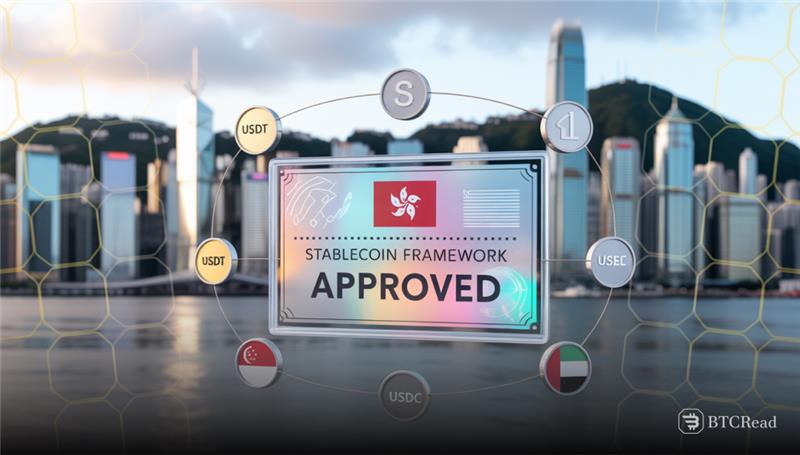The Hong Kong Stablecoin Ordinance goes into effect on August 1, and licensing becomes effective immediately. Licensing applications will begin to arrive at the Hong Kong Monetary Authority from tech and financial firms seeking regulatory clarity on stablecoin activity.
Very few, perhaps fewer than ten, licenses will likely be granted by authorities, while more than forty firms draft applications. They include large banks and large Chinese internet firms like JD.com, Standard Chartered, and Yuanbi. Several other companies have been confirmed by multiple law firms as still advising and drafting paperwork.
Though numerous have shown broad interest, a small percentage will possibly secure licensing following stringent qualifying criteria as well as robust competition. Also, submitting applications will be Ant International and Ant Digits, showing greater interest amongst fintech and traditional players.
Many firms, particularly supply chain and blockchain companies, are hiring experts as part of license preparations. These preparations are part of a larger trend of companies envisaging using stablecoins in cross-border payments and digital asset uses.
These companies that are interested in stablecoin use are typically of two varieties. First are cross-border payment companies that are interested in stablecoin solutions among their users.
These companies call for digital wallets, multiple addresses for receipt, and inexpensive money transfer. Secondly, we have large organizations that are interested in minting and redistributing stablecoins of their own due to pressure from competitiveness.
Hidden Stablecoin costs Lower expected benefits
However, experts do not recommend exaggerating stablecoin impacts. Stablecoins will not rock traditional monetary systems, said Joyde, vice president of Shanghai Development Research Foundation.
Stablecoins rely on national currencies and are digital increments to traditional fiat and not distinct alternatives. Research indicates cross-border stablecoin payments could reach as high as one percent in total. These expenses include fiat money exchange fees, blockchain gas expenses, and compliance like KYC and AML. These expenses reduce the actual gains advocates often tout.
Some companies use stablecoin launches as a method to pump their tokens, never providing real systems or roadmaps. Specialist industry commentators remark that stablecoin projects demand a good understanding of finance, blockchain, and digital currencies in a move to abide by rules and users effectively.
Plans for a digital RMB stablecoin may begin offshore, and most likely in Hong Kong. Analysts recommend a focus on cross-border payments and intraregional collaboration and on avoiding overly aggressive time horizons.
Generally, stablecoin regulation in the future is a significant move toward global financial integration, while its real impact will have time to unfold.







